Hi my sweethearts!
I hope all of you are having a good time. It rained here in Jalandhar today just after I reached office. The weather is calling for a long drive on highway but yeah I have a boss and he isn’t that kind. Anyway, getting back to this post, I am sure many of you are always on a hunt for a good anti-aging product. The signs of aging like wrinkles, enlarged pores, dryness etc are enough to give you sleepless nights once your normal moisturizers and serums stop being effective. The reason is pretty much obvious; they don’t have the ingredients your aging skin needs. So what does your aging skin need? Please keep on reading to explore!


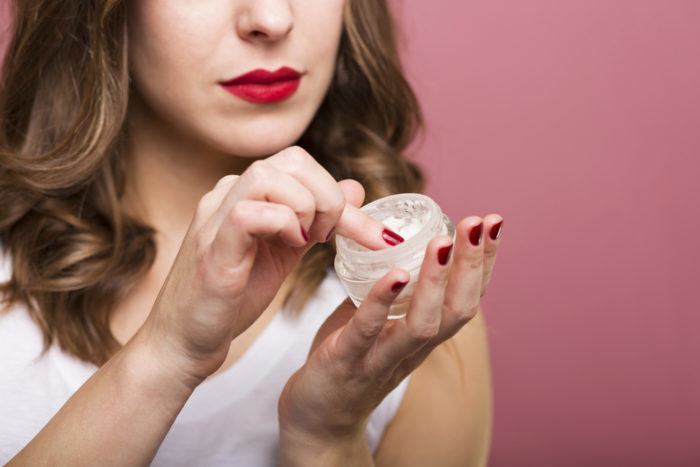
1. Retinol:
What is it?
A derivative of vitamin A and also a milder version of retinoids. It is an over-the-counter anti-aging ingredient .
Effects – Smoothing wrinkles, unclogging pores, lightening superficial brown spots, and improving the texture of the skin by boosting collagen production.
Precautions – Apply any retinol-based product at night because it makes your skin sun sensitive. Do not go in direct sunlight to avoid permanent pigmentation. Make sure you apply a good moisturizer and SPF every morning. Sensitive and dry skin may get irritated and get “retinol uglies” but as soon as your skin adapts to retinol, they start decreasing. Mild irritation and flaking skin is common.
2. AHAs:
What are they?
Alpha Hydroxy Acids are miracle anti-aging ingredients from plants or milk products.
Effects – AHAs have exfloliating properties so their application removes the top layers of dead skin cells from the skin making skin look youthful. They can also increase the thickness of deeper layers of skin, promoting firmness.
Precautions – If you are using a formula with higher AHA, you should consult a dermatologist. A concentration of 10% and less is safe. Side effects can be mild skin irritation, redness, swelling, itching, and skin discoloration.

3. Niacinamide:
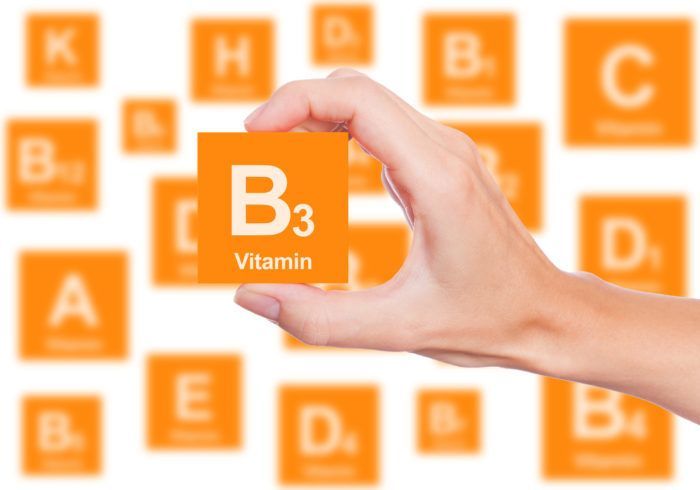
What is it?
Vitamin B3 and nicotinic acid form Niacinamide.
Effects – Niacinamide application increases ceramide and free fatty acid levels of the skin. It also keeps skin hydrated, prevents skin from losing water content, and stimulates microcirculation in the dermis. It gives an even skin tone and helps diminishing acne and the post-acne red marks (post-inflammatory hyperpigmentation). Niacinamide is an excellent anti-aging ingredient because it fights wrinkles and breakouts, and is surprisingly stable in the presence of heat and light.
Precautions – Always start with a small amount and less concentrated cream on your skin so you can check for a reaction. Excessive irritation and redness with peeling should not be ignored and discussed with the dermatologist ASAP.
4. Hyaluronic Acid:
What is it?
Though it is an acid, it works totally opposite. Hyaluronic Acid is a glycosaminoglycan, responsible for the moisturizing and firming of our aging skin.
Effects – It is naturally present in the second layer of the skin called the dermis. When used in an anti aging cream or serum, it holds water to the skin’s surface so well that no more heavy moisturisation is needed, so your pores won’t be clogged by the oils or emollients. It works for all skin types by increasing hydration, improving elasticity and also reversing free radical damage.
Precautions – If you want to play safe and not risk a reaction and dryness as side effects of Hyaluronic Acid, look for hyaluronic acid in a blend with other ingredients.
5. Ascorbic Acid:
What is it?
Basically it is Vitamin C which acts as a powerful antioxidant for the skin, boosting production of Collagen.
Effects – When you apply a cream with Vitamin C, it strengthens the skin’s barrier response. The moisture level of skin is leveled and so is repair mechanism. It also reduces inflammation of the skin. In higher concentration, Ascorbic Acid reduces the stubborn discolorations from old acne scars and excessive pigmentation caused by sun exposure.
Precautions – Skin becomes sensitive and direct sunlight can damage skin more when you are regularly applying an anti aging product with vitamin C. So, don’t forget applying your sun block every single day.
6. Anti-Oxidants:
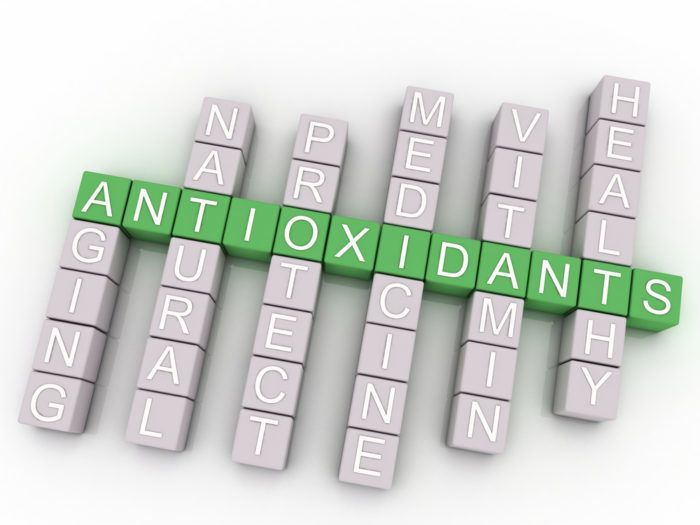
What are they?
Skin protectors which limit the production of harmful free radicals, saving skin cells from environmental damage like harsh sunlight and pollution.
Effects – When anti oxidants penetrate your skin, they turn harmful free radicals into harmless compounds, which stop them from destroying DNA, elastin, and collagen. They also help in stimulating collagen, boost cell repair, and fade blotches from your skin.
Precautions – A study by Professor Judith Campisi at the Buck Institute for Research on Ageing, in California, US showed, “eating or applying large amounts of antioxidants might have damaging effects to the skin in young people in their 20s because free radicals are necessary to keep skin regenerating effectively. Beta-carotene and vitamins C and E all have high levels of antioxidants”.
So, these are some major anti-age ingredients plus you should always pick a product with SPF to maximize the benefits of your “anti-aging regimen”. Although eating healthy and staying happy are two well known secrets to youthfulness, we tend to forget them all the time.
20 Best Anti-Ageing Creams Available in India
7 Wonderful Makeup Tips for Aging Skin by Lisa Eldridge
Best Pre Anti-Ageing Skin Care Tips and Routine
Best Anti-Aging Skin Care Tips for Women in their 40s + Product Recommendations
Anti Aging Skin Home Remedies
Anti Aging Homemade Face Pack
Top 5 Anti Aging Tips
Beauty Packs to Reverse Skin Damage Caused Due to Ageing and Sun Exposure

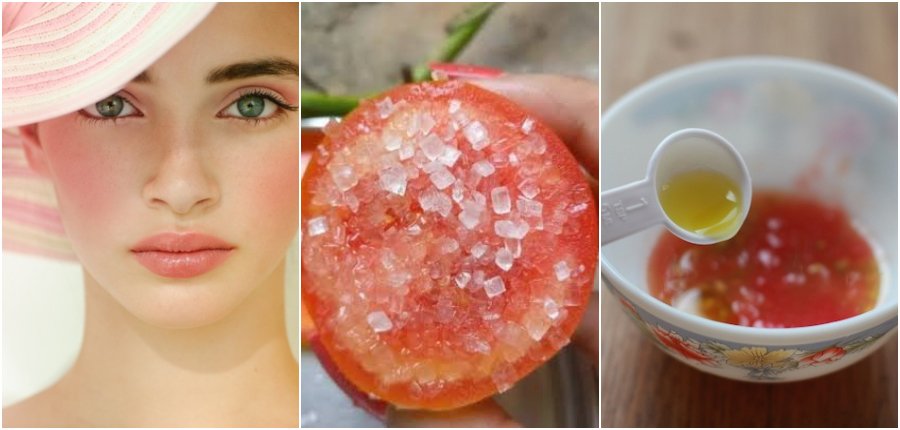
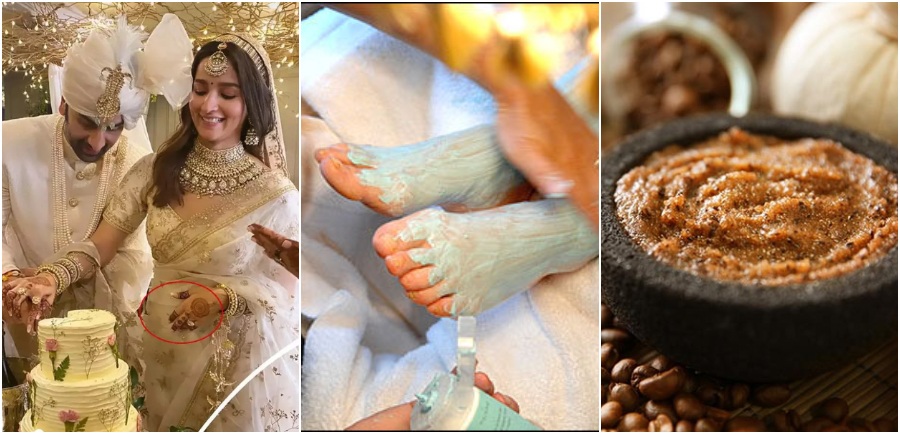
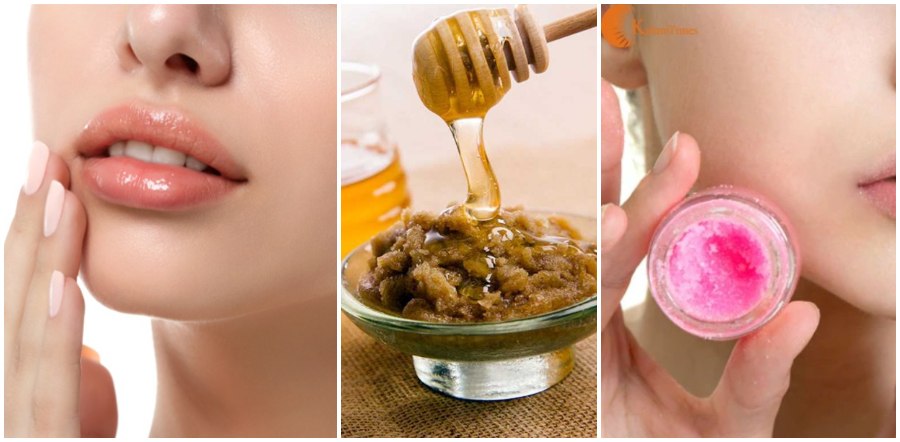
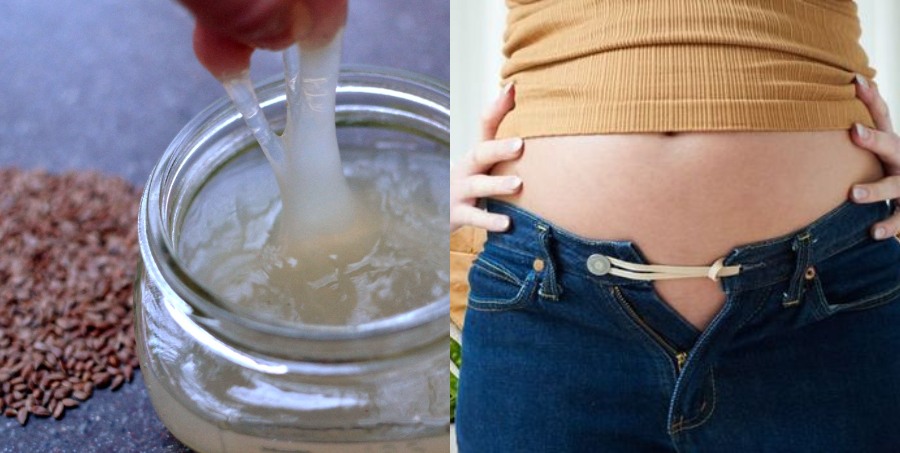
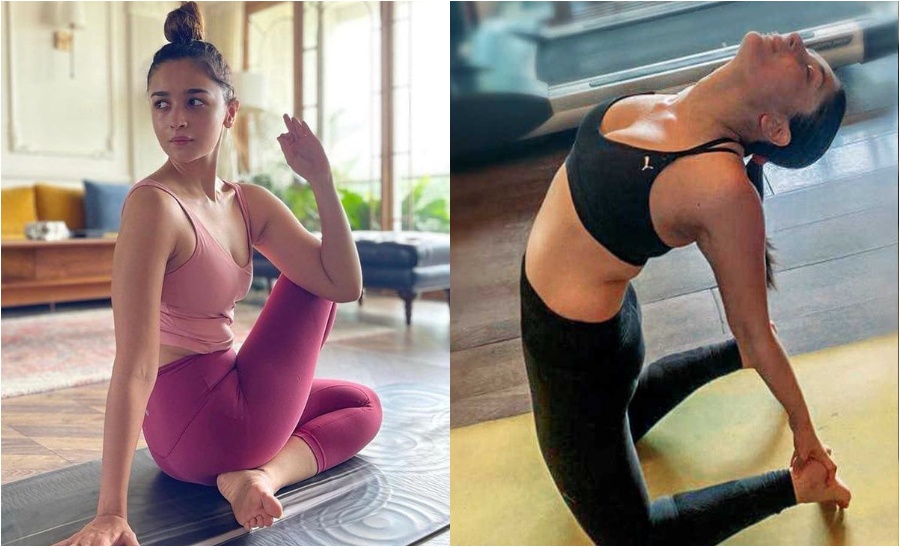

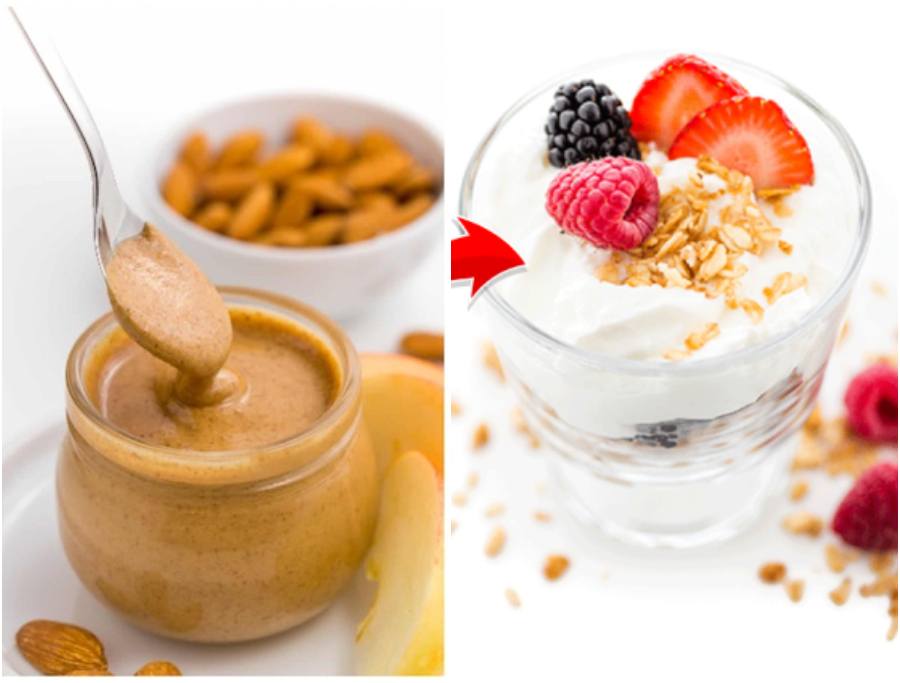

So informative! Passing this article to mom 🙂